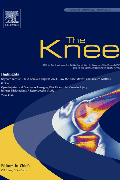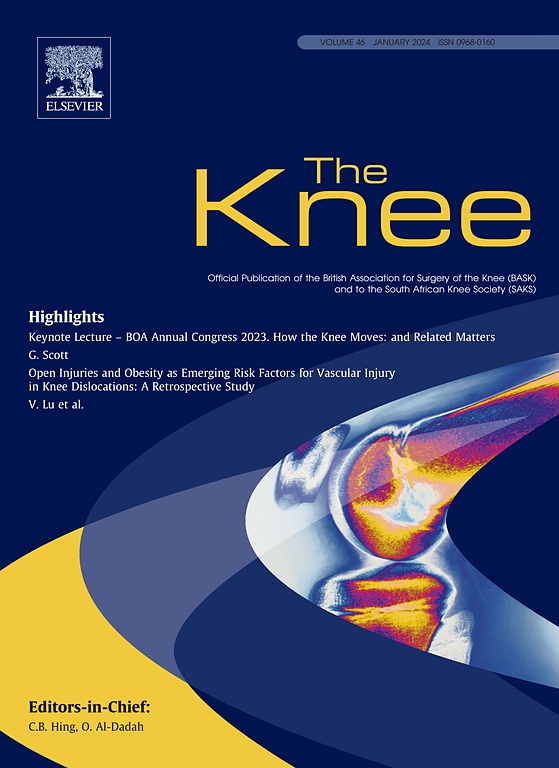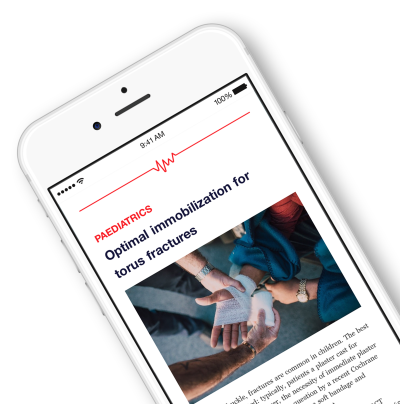
Single locked plate vs. dual buttress plating for bicondylar tibial plateau fractures .
A comparison of lateral fixation versus dual plating for simple bicondylar fractures
Knee. 2015 Jun;22(3):225-986 patients with bicondylar tibial plateau fracture with a relatively intact medial tibial condyle were randomized to receive surgical treatment with either a single lateral locking plate (LP) or dual buttress plates (DP). The purpose of this study was to compare clinical and radiographical outcomes between fixation methods over a minimum of 12 months postoperatively. While the incidence of delayed union was significantly lower in the LP group compared to the DP group, no patient experienced non-union. All other clinical, functional and radiographic outcomes were similar between groups, as well as the incidence of infection. Surgical parameters, such as operative time, blood loss, and hospital stay, were better in the LP group compared to the DP group.
Unlock the Full ACE Report
You have access to 4 more FREE articles this month.
Click below to unlock and view this ACE Reports
Unlock Now
Critical appraisals of the latest, high-impact randomized controlled trials and systematic reviews in orthopaedics
Access to OrthoEvidence podcast content, including collaborations with the Journal of Bone and Joint Surgery, interviews with internationally recognized surgeons, and roundtable discussions on orthopaedic news and topics
Subscription to The Pulse, a twice-weekly evidence-based newsletter designed to help you make better clinical decisions
Exclusive access to original content articles, including in-house systematic reviews, and articles on health research methods and hot orthopaedic topics
































































